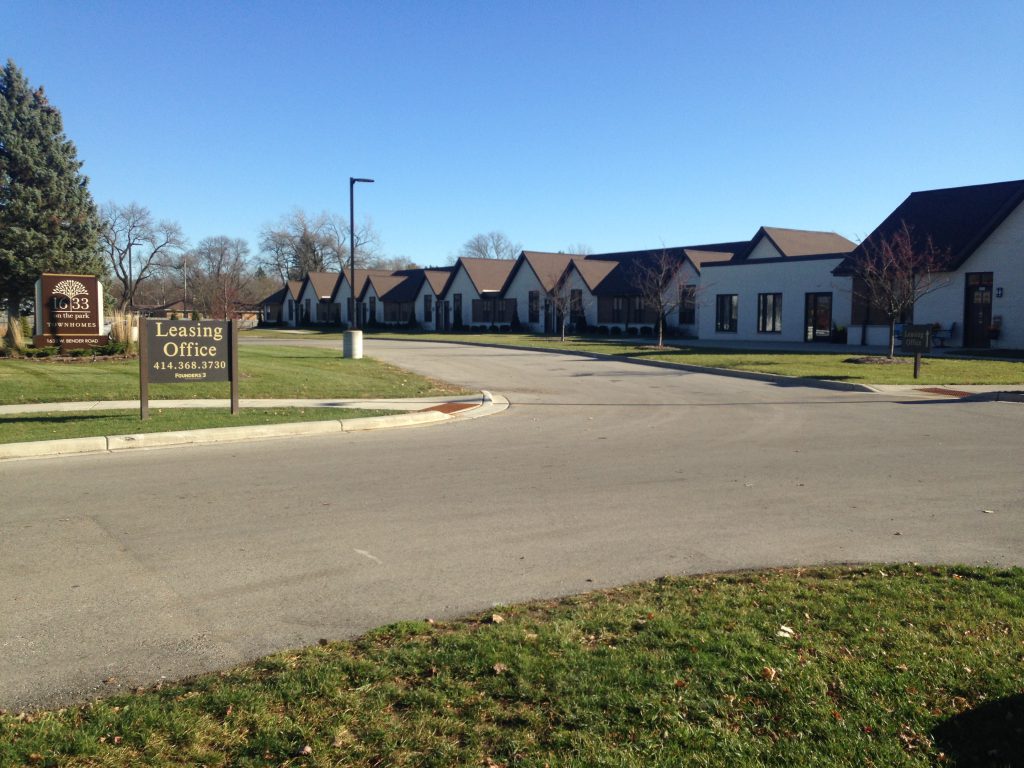Are Parties Realigning In Wisconsin?
Lots of new voters for both parties in election. What it means for the future.
Compared to 2016, Donald Trump and Republicans did very well, getting 9.5 million more voters in 2020. But Joe Biden and the Democrats did even better, with 11.7 million more votes than in 2016.
The New York Times looked at eight battleground states, including Wisconsin, and found Biden got more new voters than Trump in all but Florida, where Trump was up 24% and Biden up by 17%.
Where did these new voters come from? The Trump campaign mounted a registration and turnout drive in white, blue collar counties, the Times noted: “Trump voters swelled in the Appalachians and the Piedmont South… He found even more votes in the rural centers of Pennsylvania and Wisconsin and the farmlands of the Midwest.”
On the map of the nation, new Trump voters were were small red dots spread though the land while Biden’s were huge circles of blue concentrated in big population centers. In Wisconsin those red dots were found through most of the state while the big blue circles for Biden were in metro Milwaukee, Dane County and the growing western Wisconsin communities like Hudson, New Richmond and River Falls, which are almost like suburbs of Twin Cities, whose residents commute to jobs in Minnesota
While some of the increased vote for both parties were newly registered voters, other “new” votes were rural voters and Hispanic voters who switched to Trump in 2020. For Biden the big switch was suburban voters, where his margin of victory nationally was 5 points higher than for Hillary Clinton in 2016. In the Milwaukee metro area, the Democratic margin for Biden compared to 2016 was up by 12 percentage points in Wauwatosa, “by 11 points in Fox Point, 10 points in Brown Deer, 10 points in Hales Corners, 9 points in Bayside and Whitefish Bay, 8 points in Glendale and West Allis, and 7 points in Shorewood, Greenfield, St. Francis and Greendale,” as Craig Gilbert has reported.
While voting totals cannot be tallied by gender, pre-election polls strongly suggested it was women driving the change in the suburban vote. As former Democratic legislator and UW-Milwaukee Emeritus Professor Mordecai Lee notes, “white suburban college educated women always had a dual tug: they were conservative on taxes and liberal on social issues. When it came time to decide, they usually broke right, such as Scott Walker. They broke left when Jim Doyle made embryonic stem cells a campaign issue. Also, he was a conservative Dem regarding taxes.”
That suggests they could switch back to Republicans in the next election. But Lee thinks that may not happen. “My guess is that as the center of gravity of the GOP keeps moving to the right — Ted Cruz anyone? — if it becomes the “Dr. No” party, then suburban women will continue to evolve toward full-scale Democratic voters.”
Democratic consultant Sachin Chheda says it soon to say how much of the switch in votes is Trump specific and how much is permanent. “I think it’s some of both.”
He points to down-ballot elections as evidence of a permanent switch among some voters: The Assembly victories by Democrat Deb Andraca of Whitefish Bay over incumbent Rep. Jim Ott of Mequon and by Democrat Sara Rodriguez of Brookfield over incumbent Rep. Rob Hutton of Brookfield. Add to that the 2018 victory by Democrat Robyn Vining in a once Republican Assembly district that runs from western Wauwatosa into Brookfield and Waukesha County. In addition, he notes, there are suburban districts where Democrats came close, but the districts were too heavily gerrymandered to win.
“The plateauing of African-American voters in Milwaukee should be an alarm bell for Dems,” Lee says, “but I’m not sure what they can do about it. Consider how hard Dems worked at registering them and getting them to vote this year and no improvement.”
Nationally Trump did much better than Biden gaining new voters in majority Hispanic counties, with a 37% increases in new voters versus a 17 % increase for Biden. In Wisconsin, Lee notes “the Dems need to do better at Hispanic voters. School choice on the South Side is becoming an effective issue to flip Hispanics from Democrat to GOP.”
Where does that leave Wisconsin? It’s still very much a swing state, a deep purple battleground where the next state-wide election will be hotly contested for every single vote.
More about the 2020 General Election
- Senator Agard Statement on Senator Knodl’s Continued Relitigation of the 2020 Presidential Election - Dane County Executive Melissa Agard - Aug 29th, 2023
- Report Calls For Criminally Charging State’s Fake Electors - Henry Redman - Dec 19th, 2022
- Vos Withdraws Subpoenas, Ends Gableman Probe - Henry Redman - Aug 30th, 2022
- Judge Blasts Gableman Probe, Deleted Records - Henry Redman - Aug 17th, 2022
- Vos Fires Gableman, Ends Election Probe - Shawn Johnson - Aug 14th, 2022
- Judge Orders Gableman To Pay $163,000 In Legal Fees - Rich Kremer - Aug 2nd, 2022
- Prosecute 2020 Fake Electors, Advocates Demand - Erik Gunn - Aug 1st, 2022
- Trump Calls For Nullification of Wisconsin’s 2020 Election - Henry Redman - Jul 12th, 2022
- Legal Fight Over Gableman Probe Keeps Growing - Shawn Johnson - Jun 30th, 2022
- Back In the News: Fake Elector Scheme Dogs Ron Johnson - Bruce Murphy - Jun 28th, 2022
Read more about 2020 General Election here
Murphy's Law
-
National Media Discovers Mayor Johnson
 Jul 16th, 2024 by Bruce Murphy
Jul 16th, 2024 by Bruce Murphy
-
Milwaukee Arts Groups in Big Trouble
 Jul 10th, 2024 by Bruce Murphy
Jul 10th, 2024 by Bruce Murphy
-
The Plague of Rising Health Care Costs
 Jul 8th, 2024 by Bruce Murphy
Jul 8th, 2024 by Bruce Murphy





















It appears that people of color in the city are wising up to the fact that the liberal establisment wants to trap them in failing schools. Milwaukee dems should expect to lose more votes moving forward due to racist anti school choice policies. Children should be able to attend whatever school they want regardless of race or income. School choice is the civil rights movement of our era.
If the schools are failing, why is that?
Mr. Cotic,
Funny how you don’t bring up studies that consistently show that public school kids of color do just as well as choice kids of color. And choice schools continue to “transfer” back to public schools kids who are “problems.” Often this doesn’t happen till after the choice schools has done their “third Friday of the school year” count. So they get the money and then send those kids they don’t want to the public schools. I’m for choice, but I’m also for a fair playing field.
Ryan, what was keeping those children and families from attending those private, parochial schools? For many, many years they did not charge tuition. The churches supported those schools and the children attended freely. There has always been choice. Access was restricted when choice was introduced and schools chose to charge tuition…oddly enough to match what the voucher price was set at, or just a wee bit more, to the chagrin of those parents.
This ploy has been a golden ticket for the GOP. It costs them nothing to drive a wedge in the electorate, and then the reap the benefit of defunding schools and those who vote against them.
We, the public schools, are still there for the families when the religious schools consolidate or close, when the for-profit school isn’t profitable enough for the shareholders. Yes, our doors are still open. It won’t be as clean. There may be pealing paint. There may be fuller classrooms. But, we’re still there to catch them.